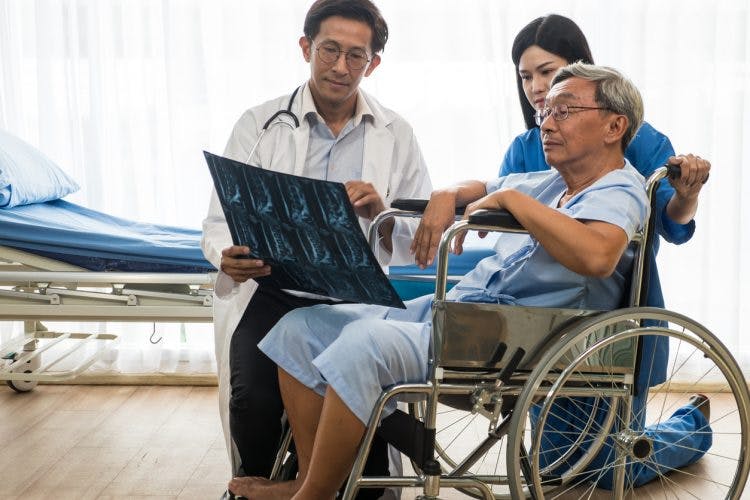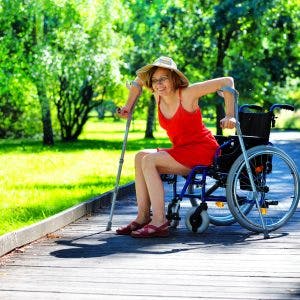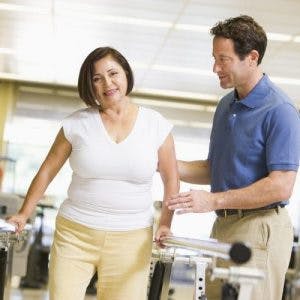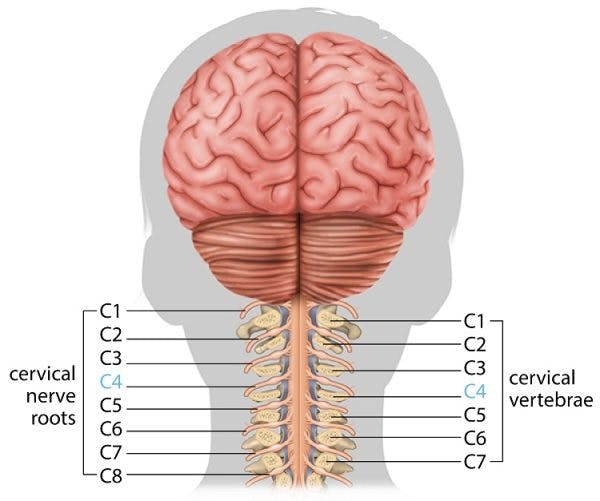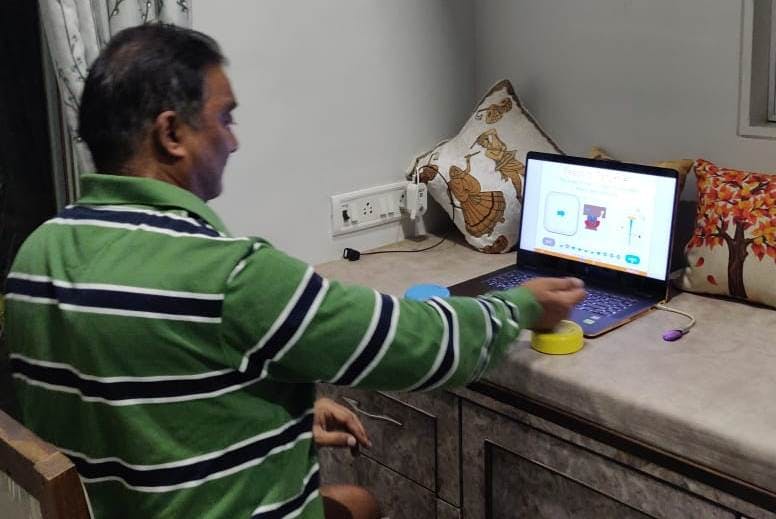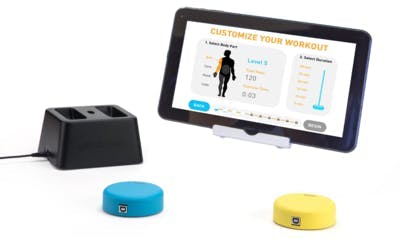Did you know that the presence of sacral sparing after spinal cord injury can determine your chances of recovery?
The sacral region of the spinal cord makes up most of the lower spinal column.
The bottom-most spinal cord segments innervate the perianal area and are tested to check for any preserved motor control or sensation.
In this article, we’ll explain why it’s important to check for sacral sparing after spinal cord injury and how it affects your recovery outlook.
Testing for Sacral Sparing After Spinal Cord Injury
To determine if a spinal cord injury patient has sacral sparing, an anal exam is required.
Your doctor will examine functions innervated by the bottom-most spinal cord segments (S4-S5) like:
- light touch at the perianal area
- pinprick sensation at the perianal area
- deep anal pressure
- voluntary anal contraction
To test for deep anal pressure, the doctor will insert their gloved finger into the rectum and ask the patient which direction they feel pressure being applied.
To test for voluntary anal contraction, the doctor will insert their gloved finger into the rectum and ask the patient to contract and release their anus.
Aside from being uncomfortable and awkward, an anal exam can induce autonomic dysreflexia, rectal bleeding, and stimulate bowel movements.
Unfortunately, it’s the only reliable way to determine the presence of sacral sparing after spinal cord injury.
What Does Sacral Sparing Indicate?

Sacral sparing is used to help diagnose whether a person’s spinal cord injury is complete or incomplete.
With complete spinal cord injuries, all sensory and motor functions below your level of injury are affected because signals from the brain cannot travel past the spinal lesion.
However, with an incomplete SCI, some neuronal connections remain, allowing information to be communicated past the level of injury. This results in a greater possibility of functional recovery.
Anal contraction is controlled by one of the bottom-most segments of the spinal cord. Therefore, if that muscular function is present, it means that connections between the brain and areas of the body below the injury site still exist, and your SCI is incomplete.
Spinal Shock
Spinal shock occurs immediately after a spinal cord injury and results in the temporary loss of all reflexes, motor functions, and sensation below the level of injury.
This can cause a lot of SCI patients to believe that they have complete spinal cord injuries.
As spinal shock resolves, reflexes and functions gradually start to return. Doctors can then test for sacral sparing and make an accurate diagnosis.
Find out more about spinal shock after spinal cord injury »
Incomplete Spinal Cord Injury Recovery Outlook
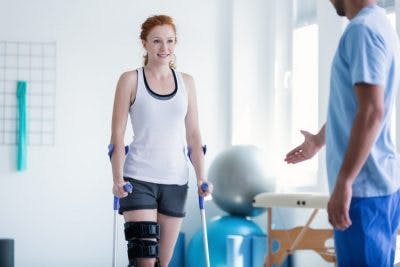
The recovery outlooks between complete and incomplete spinal cord injuries vary greatly and are determined by many different factors.
Typically, those with incomplete spinal cord injuries have a more positive prognosis. However, recovery also depends on the level of the injury and the severity (how many neuronal pathways have been damaged). Additionally, those who have the internal motivation to proactively pursue recovery through rehabilitation can further improve their prognosis.
Damage to the spinal cord can’t be reversed. Luckily, the spinal cord has neuroplasticity, which is its ability to rewire itself and recover functions affected by SCI.
With sacral sparing, you’ll likely develop some motor control or sensation in areas below your level of injury. While these functions may be very weak, they can be relearned and strengthened through repetition.
The more you repeat a function affected by spinal cord injury, the more your central nervous system adapts to improve that function.
Complete Spinal Cord Injury Recovery Outlook
Unfortunately, after a complete spinal cord injury, the spinal lesion is transected all the way through, and all connections between the brain and area below the level of injury are lost.
Because there are no spared neural pathways, there’s no way for the brain to connect to paralyzed regions of the body.
But there’s still hope for complete spinal cord injury recovery!
Compensatory Strategies
Even though individuals with complete spinal cord injuries may not be as independent as they were before their injury, there are various strategies and techniques that can help to increase independence in daily activities.
An occupational therapist can explore personalized options with you, but some possibilities of compensatory strategies include:
- Using adaptive dressing devices (such as a reacher or sock aide)
- Changing your environment to suit your needs (e.g. placing commonly used items on a wheelchair accessible shelf if unable to stand independently)
- Using a universal cuff rather than having to grasp utensils
- Obtaining an appropriate wheelchair to fit your abilities and needs
- Utilizing car modifications (e.g. hand controls for driving, ramps or removable handles to get into/out of the vehicle)
Although you likely will not regain motor and sensory control following a complete spinal cord injury, using compensatory strategies can help you to fully utilize the abilities that you do have in order to optimize your independence.
Epidural Stimulation
Epidural stimulation involves implanting an electrode array onto your spinal column.
The brain and the body are in good shape; however, messages between the two can’t get past the spinal lesion.
Electrical stimulation works around the spinal lesion and sends electric currents that mimic brain signals to areas below your injury site.
Although epidural stimulation is still being researched, it may allow those with complete SCIs to regain functional abilities below their level of injury.
Read more about epidural stimulation for spinal cord injury patients »
Stem Cell Therapy
Stem cell therapy involves transplanting stem cells into the spinal cord.
Depending on the environment they’re placed in, stem cells can differentiate into a variety of different cell types.
A spinal cord injury results in a lot of cell deaths, and because stem cells can divide infinitely, they’re ideal for healing the spinal cord.
This is a relatively new intervention, however studies continue to show promising results.
Exoskeletons
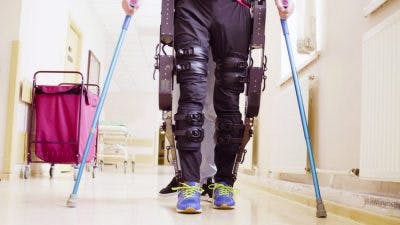
While epidural stimulation and stem cell therapy are still works in progress, there is one option that is available to the public: an exoskeleton.
An exoskeleton is a wearable device that helps you walk! What makes it even more attractive is that it’s noninvasive.
Although it takes some getting used to, all you really have to do is shift your weight forward. The exoskeleton’s sensor will help facilitate the movement and keep you balanced.
Read more about exoskeletons for spinal cord injury patients »
Understanding Sacral Sparing After Spinal Cord Injury
Sacral sparing is a good thing! It means that neural pathways that connect your brain and body below your level of injury still exist, which increases your recovery outlook.
Hopefully, this article helped you better understand what sacral sparing is and why it plays such a significant role in determining your chances of recovery.

